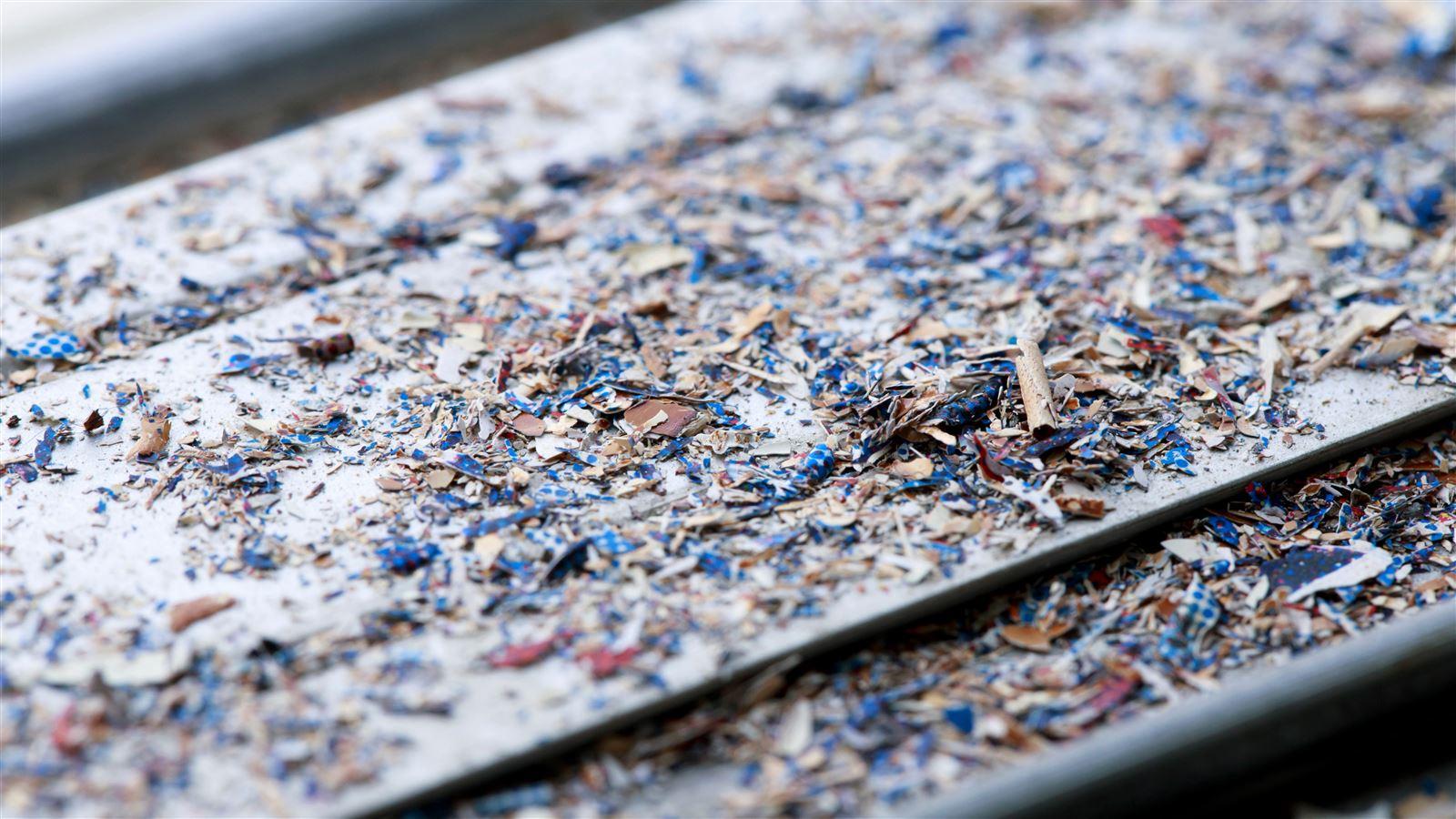Microplastics R&D
It is no secret that much of the plastic produced and used throughout the world ends up in waterways. Often it takes the form of “microplastics,” tiny bits about the size of a sesame seed that have broken apart or have been intentionally designed that way. Microplastics can also come from degraded trash, as well as from the large volume of other items such as nurdles (pre-production plastic pellets) or flake plastics that can be released during production, a major issue at production facilities as well as with shipments to plastic extrusion or use facilities.
Research into microplastics’ impact is in its early stages. Standardized field methods for collecting samples have been developed and are continuing to evolve, but still much is unknown about these materials and their impact on the environment and public health. Among the challenges to understanding are that the smallest microplastics are under 50 microns, small semi-plastics can show up in the water column, and all can be ingested and consumed by biota.
The petrochemical industry is keenly aware of the need to know more about and address microplastics and their release into the environment. During pellet and flake production at petrochemical plants, occasional upsets occur and fine-grained and film-like plastic debris—pellets, flakes, and powder—are released from facility operations areas. Pellet loss occurs at various stages of operation such as storage, bulk container loading or unloading, and sampling. For instance, small amounts of pellets remain on top of the railcars after product loading, which are later blown by the wind to ground. These solids are lighter than water and generally tend to float, so if left uncontained, the plastic debris gets swept into stormwater systems and to outfalls or treatment facilities, and ultimately into lakes, rivers, and oceans.
This R&D work is important in preventing further escalation of plastics entering our waterways, particularly throughout the Gulf Coast.
To further investigate into how water treatment technologies may contend with the unwanted release of microplastics, CDM Smith is working with a polymer plant in Texas to conduct research treatability studies that ultimately aim to keep plastic waste from reaching our nation’s waterways. To do so, CDM Smith has engaged one of our state-of-the-art laboratories in Denver, Colorado, to characterize microplastics and evaluate feasible treatment approaches.
“This R&D work is important in preventing further escalation of plastics entering our waterways,” says Kevin Molloy, senior vice president at CDM Smith, “particularly throughout the Gulf Coast, where many petrochemical plants produce polypropylene pellets or related plastic debris.”
“Realizing source control and stormwater management are key to discharge prevention, we are performing a microplastics characterization and treatability study in the laboratory,” explains Todd Burgesser, CDM Smith analytical chemist. “Once this analysis is completed, we will know the most effective water treatment approach to design in order to capture this debris and stop it from reaching nearby waterways.”
The preliminary work included a site visit to the polymer plant to understand the site conditions and how plastic particulates affect onsite wastewater and stormwater. Various settleability tests were conducted to assess gravity separation of plastic particulate. Sieve analysis specific to plastic pellets (ASTM D1921) helped to determine particle size distribution.
This lab work along with stormwater modeling allowed CDM Smith’s research team to develop the design basis criteria for effective stormwater management and treatment for plastic pellets, with floatation, filtration and screening evaluated for the proposed outfall improvements. Understanding the behavior of plastic particulates as a whole and the potential residual polymer after treatment helps define a cost-effective treatment approach.

Lab work and stormwater modeling allowed our research team to develop the design basis criteria for stormwater management and treatment for plastic pellets.







